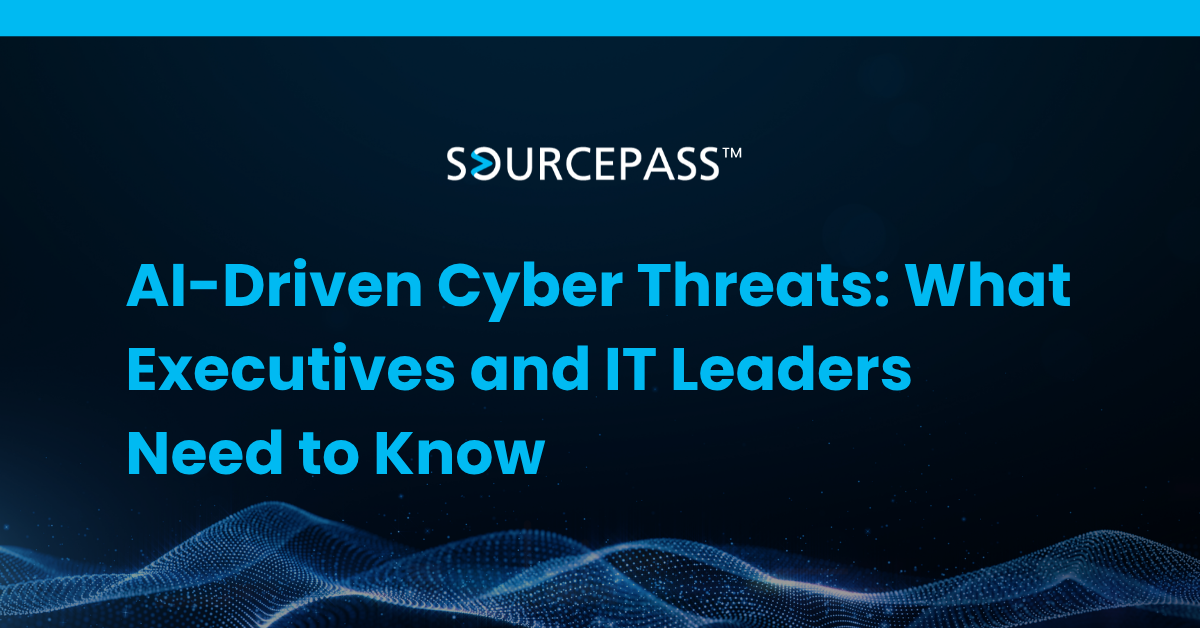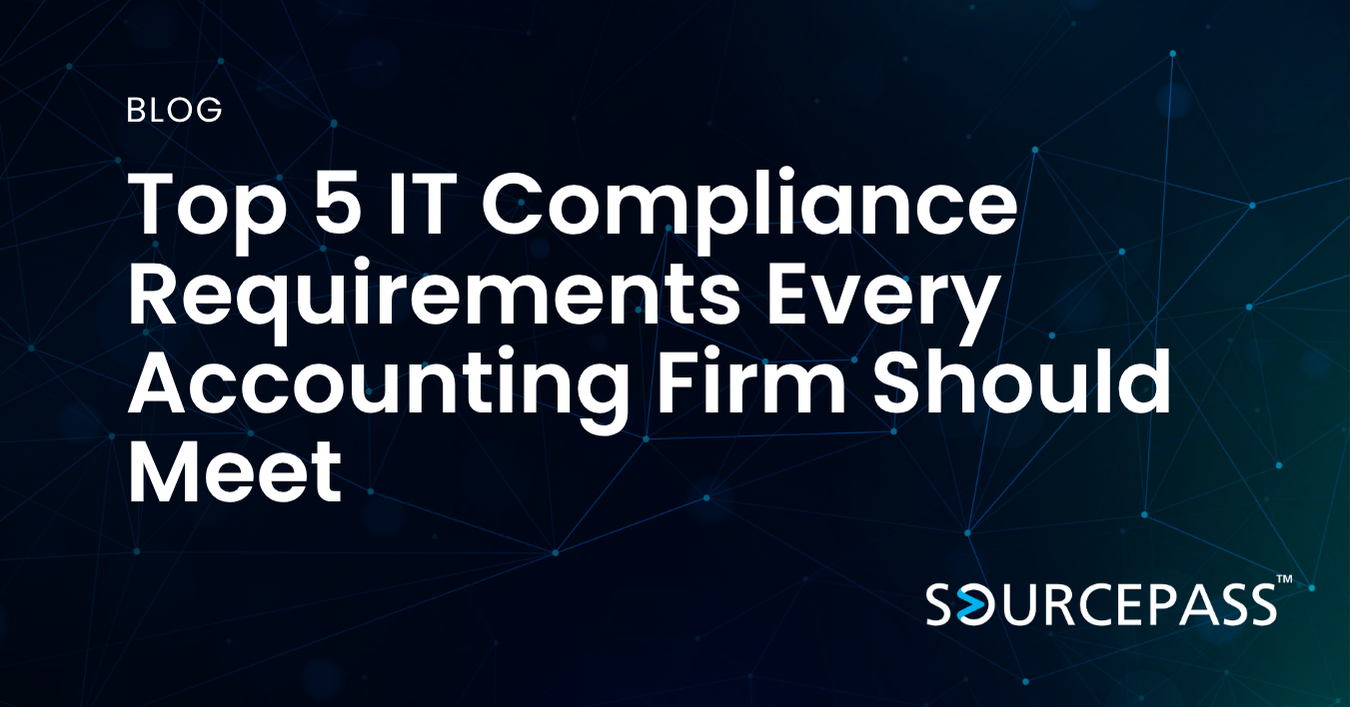AI-Driven Cyber Threats: What Executives and IT Leaders Need to Know
Oct 15, 2025 Alex Davis AI | Cybersecurity 2 min read



Artificial intelligence is reshaping cybersecurity on both sides of the battlefield. While AI enhances detection and defense, it also empowers cybercriminals with faster, more sophisticated attack methods. Executives and IT leaders must understand the evolving threat landscape and implement proactive strategies to safeguard operations, data, and reputation.
Understanding the AI Threat Landscape
AI-Powered Attacks Are Accelerating
Cybercriminals now use AI to automate phishing, generate convincing deepfakes, discover vulnerabilities, and evade traditional security controls. These attacks can be highly personalized and nearly indistinguishable from legitimate communications.
Deepfakes and Social Engineering
AI-generated audio and video impersonations of executives, vendors, or employees can authorize fraudulent transactions or manipulate decision-makers. These risks extend beyond IT to finance, HR, and executive communications.
Automated Vulnerability Exploits
Attackers use AI tools to scan for weaknesses at scale, launching attacks within minutes of a zero-day announcement. Traditional manual defenses cannot keep pace with AI-driven automation.
Proactive Defense Strategies Against AI Threats
Invest in AI-Enhanced Security Tools
Leverage AI-driven security platforms capable of detecting anomalies and predicting malicious activity. Tools such as behavioral analytics, autonomous endpoint protection, and real-time monitoring are essential for countering machine-speed attacks.
Strengthen Identity and Access Controls
Adopt zero trust architecture with strict authentication, privileged access management, and continuous session monitoring. AI-powered attacks often begin with compromised credentials, making identity security a core priority.
Train Teams to Identify AI-Generated Threats
Employee awareness must evolve beyond traditional phishing training. Incorporate deepfake recognition, prompt engineering ethics, and advanced social engineering awareness into cybersecurity training programs.
Continuous Threat Hunting and Monitoring
Establish dedicated threat hunting practices to identify unusual patterns and adversarial AI behaviors. Continuous monitoring, guided by AI, improves resilience against adaptive attacks.
Building an AI-Aware Incident Response Plan
Integrate AI Threat Scenarios
Incident response plans must include contingencies for AI-enabled breaches, such as synthetic media misuse, autonomous attack bots, and rapid exploit chaining.
Establish Clear Communication Protocols
Executives, legal teams, and communications leaders must coordinate responses to AI-driven incidents, especially when dealing with reputation-sensitive events involving impersonations or financial fraud.
Test and Update Through Simulations
Conduct tabletop exercises and simulations focused on AI threats. Evaluate how well teams can detect, respond, and recover from AI-enabled attacks, and refine playbooks accordingly.
Include Legal and Compliance Oversight
AI-generated attacks can trigger regulatory concerns, including data privacy violations, disclosure requirements, and fraud risk. Ensure that response plans address these obligations with clear escalation paths.
AI as an Ally in Cyber Defense
AI is not only a source of risk; it is also an essential component of modern defense. Executives should view AI security investment as a competitive advantage, enabling adaptive threat intelligence, automated containment, and faster recovery. The goal is to meet automation with automation, supported by strong governance and expert oversight.
Frequently Asked Questions (FAQ)
How are AI-driven cyber threats different from traditional attacks?
AI enables faster, more targeted, and more deceptive attacks, such as deepfakes, automated exploits, and adaptive malware that changes tactics in real time.
What industries are most at risk from AI-enabled attacks?
Sectors handling financial transactions, personal data, and intellectual property—including finance, healthcare, manufacturing, and government—face heightened exposure.
Can AI fully replace human cybersecurity teams?
No. AI enhances detection and response, but human expertise is required for interpretation, decision-making, and ethical oversight.
What is the first step for organizations preparing for AI threats?
Begin with an AI-focused risk assessment, evaluating where AI could be used to exploit vulnerabilities in communication, identity access, and critical systems.
Should AI be included in incident response plans?
Yes. Incident response strategies must address AI attack scenarios, including synthetic impersonation, rapid automation exploits, and data poisoning
Subscribe To
Sourcepass Insights
Sourcepass Insights
Stay in the loop and never miss out on the latest updates by subscribing to our newsletter today!


